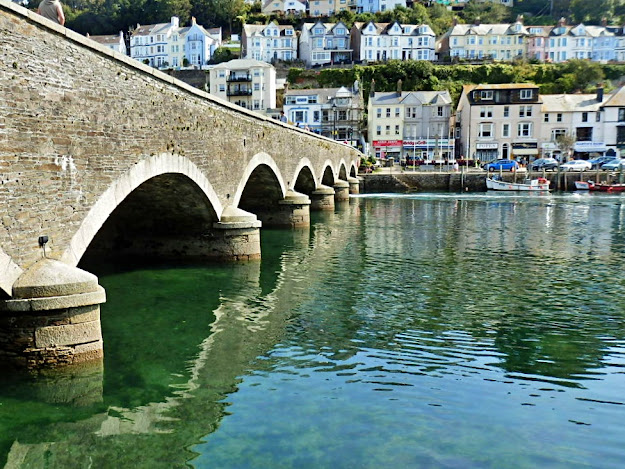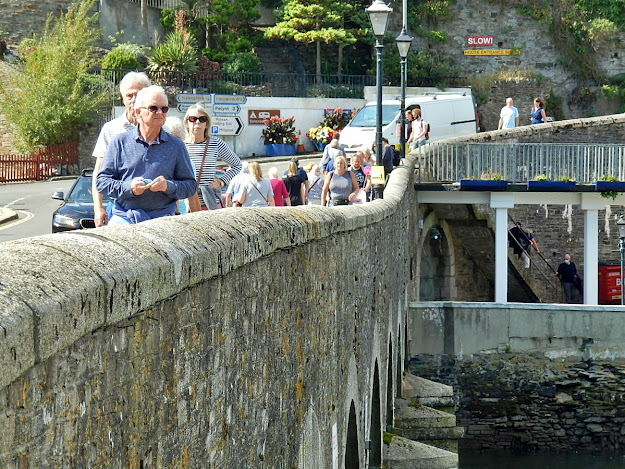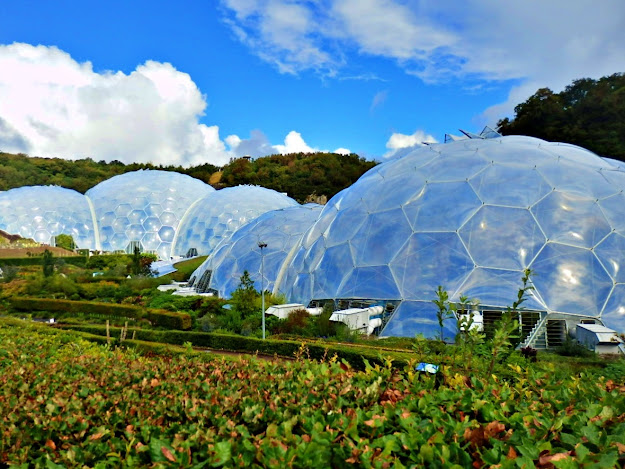A quick post today. Looe has some lovely walks other than walking through the town or alongside the river.
Three such walks start in the Millpool car park, where most visitors usually park their cars.
One of the walks includes a visit to the Giants Hedge, believed to be a 6th century earthwork. Probably built for defence purposes.
All of the walks begin at the far end of Millpool car park where there is a large wooden gate and a map / information board. There are a choice of three colour coded walks. The photo below is where the walks start out.
So everything is nice and easy and you shouldn't get lost! But, of course, there is a snag: you have to pay a car parking fee. On my last visit the charges were as follows.
All of the walks begin at the far end of Millpool car park where there is a large wooden gate and a map / information board. There are a choice of three colour coded walks. The photo below is where the walks start out.
So everything is nice and easy and you shouldn't get lost! But, of course, there is a snag: you have to pay a car parking fee. On my last visit the charges were as follows.
~ Up to 1 hour - £0.70
~ 1 to 2 hours - £2.30
~ 2 to 3 hours - £3.60
~ 3 to 4 hours - £4.70
The Fishing Port of Looe, Cornwall































































